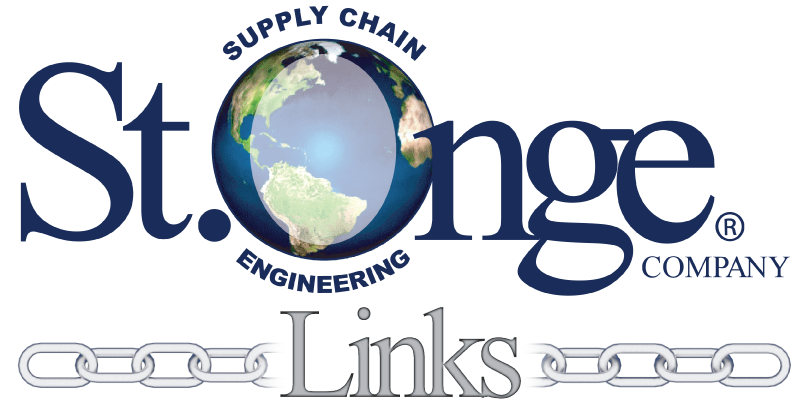 Strengthening your supply chain one link at a time.
Strengthening your supply chain one link at a time.
On a very simplistic level the notion of using center of gravity analysis to dictate the location of warehouses in a network seems like a reasonable idea. Locating amid your largest customers makes sense, right? A network optimization offers a more robust solution than a simple center of gravity analysis, but the latter may be useful as we will see. I’ve been a network modeler for 17 years and have found that center of gravity analysis has its place in a network study, but certainly doesn’t replace a fully costed network optimization. Center of gravity can miss the mark in several areas.
First, center of gravity solutions are not impacted by logistics costs (primarily transportation and labor). With respect to transportation costs, a network optimization will consider inbound as well as outbound flows allowing for lane specific mode and shipment profile assumptions. In addition, point-to-point rates will vary by market/lane. Center of gravity analysis completely ignores transportation cost so these nuances will not be factored in.
Another cost that impacts a network optimization, but not a center of gravity analysis is direct labor (handling cost). This is typically incorporated into a network model since candidate warehouse locations will have varying labor costs dictated by conditions in that market. Labor cost could be a driver of warehouse location in networks where this is a significant cost relative to transportation. For example, a network predominately with parcel shipments to customers will be more labor intensive which could drive warehouse location decisions.
Aside from cost, another fallacy of center of gravity analysis is reflected in its use of customer demand data (outbound) while ignoring product sources (inbound). It is possible to include source points with the relevant volumes as customer points to factor inbound into a center of gravity analysis. However, problems arise when you have a large number of suppliers/manufacturers with varying capacities and regional capabilities. The same is true for imported products – in theory you can use any east coast or west coast port, but you don’t want to impact the center of gravity answer by predetermining the port locations.
Model constraints are another powerful aspect to network optimization which is not considered in a center of gravity analysis. Through the use of constraints, you can set warehouse capacities which could influence locating a new warehouse if the existing warehouses are stretched. Also, constraints allow you to dictate the flow of products (inbound or outbound) to satisfy specific business requirements. For example, a specific customer must be served by a particular warehouse or certain suppliers ship their products to a single warehouse which acts as a hub for the rest of the network.
Okay, so center of gravity analysis has its shortfalls, but can it be useful? I typically construct center of gravity models in every project to see if there might be markets I had not considered for a new warehouse location. This is useful in regional network studies where you have a smaller geographic footprint and need candidate warehouse locations that are not the usual major metropolitan markets. The center of gravity analysis does not provide an answer, but aids in warehouse candidate generation.
Additionally, center of gravity models can be a good approximation for customer centric models that are driven by customer service vs lowest cost. In this case you can generate a network solution with only customer demand data. Essentially you are optimizing the distance to customers (emphasizing service) rather than optimizing total landed cost to serve those customers. This may be the best use case of center of gravity if you need a quick answer with the least amount of data analysis, but certainly is not applicable to most network studies that I’ve participated in.
Over my 17 years of network modeling I’ve had clients who assume our network strategy analysis is simply a center of gravity or they want to see the center of gravity answer to understand why it’s not the best option. In one case, the center of gravity recommended a warehouse in the middle of a national park – certainly not an option! Center of gravity analysis has its usefulness with respect to network strategy, but cannot replace a network optimization which will provide a more robust and meaningful solution.
—Dan Gunter, St. Onge Company